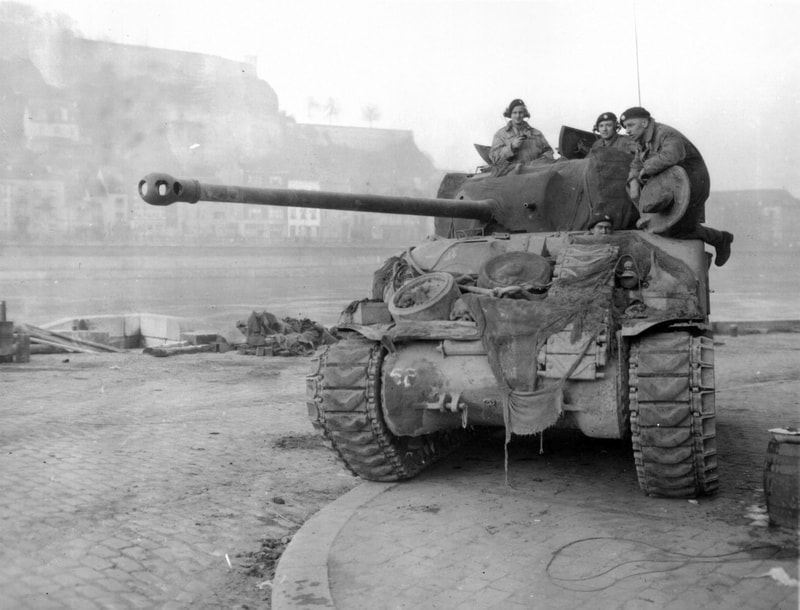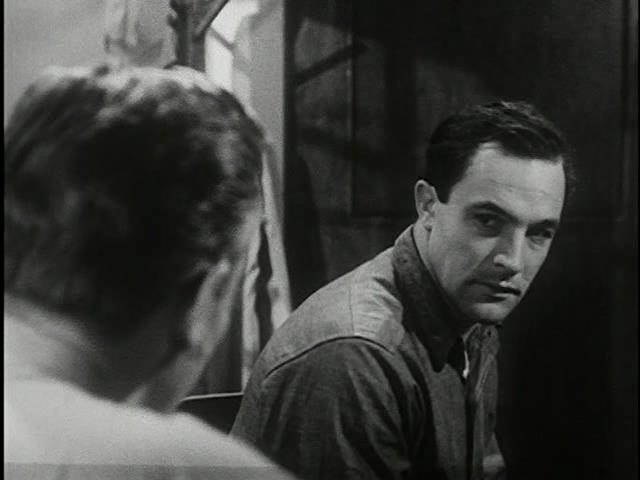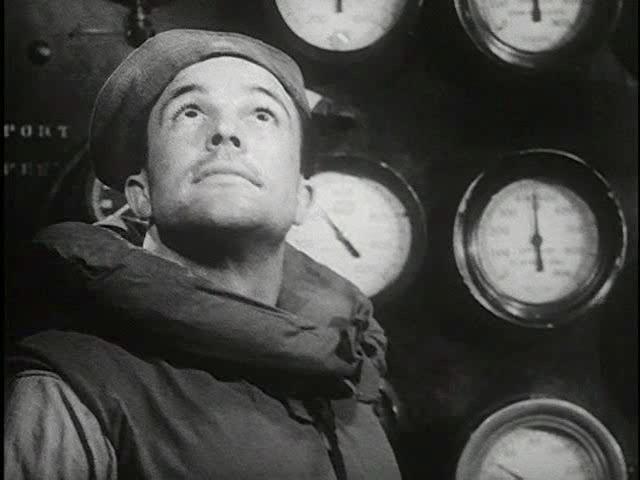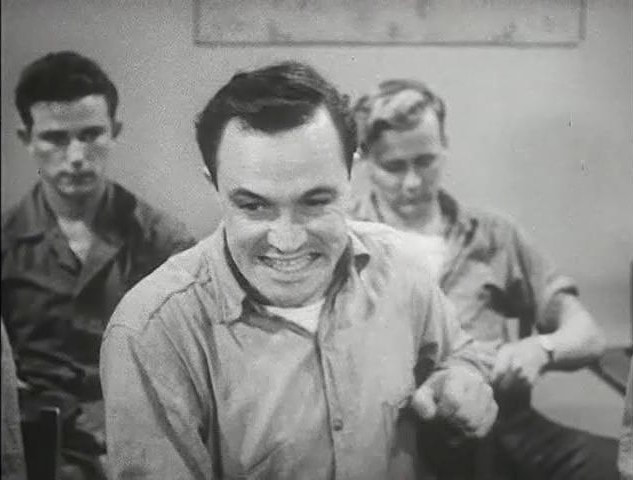5 Reasons to Watch Combat Fatigue Irritability
BY KELLY WELCH
This post is part of the series 5 Reasons You Should Watch..., which encourages fans to explore Gene Kelly's lesser-known movies and TV appearances.
This post is part of the series 5 Reasons You Should Watch..., which encourages fans to explore Gene Kelly's lesser-known movies and TV appearances.



